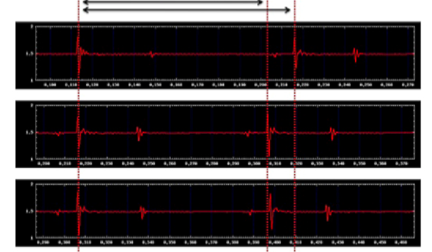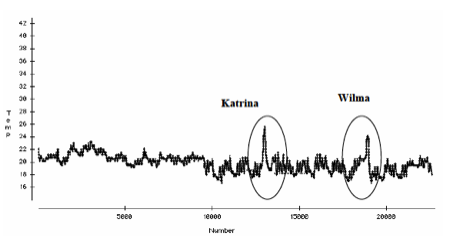RuBee Tag Basics and Form Factors
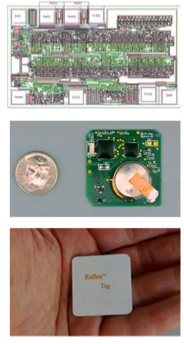
Visible designs and produces all RuBee based integrated circuits internally. We have a standard RuBee modem chip that works with several CPU's and a custom State Machine/Amp chip for sensor waveform processing. We have an optional chip for high security and sensor applications requiring authentication that includes a ARM processor with 32K sRam and 256K Flash. Most RuBee tags, especially tags that use sensors or have advanced storage requirements, use this modem and a 4 bit MCU combination. These RuBee tags are all tiny data servers that manage local information intelligently with sophisticated firmware. Each tag has an IP address, as well as subnet addresses, MAC address and 512 bytes of static memory. RuBee Tags can be about the size of a postage stamp, but also come in much larger form factors for rugged applications. The RuBee tag seen on left has a range of about 8-10 feet, and a battery life of 5 years, meets MIL STD 810G, waterproof and sealed.
These tags are designed for asset visibility applications and maybe attached to almost anything that moves. Larger tags provide longer range. Tags may have sensors for temperature, motion, light humidity, and other analyses. Tags may also have optional buttons, LEDs and small LCD displays.
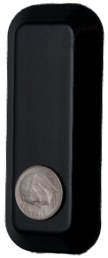
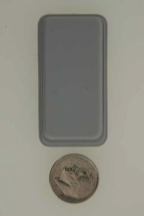
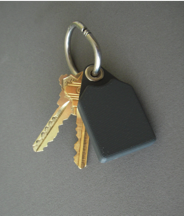
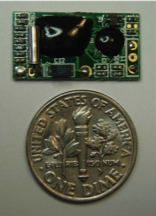
A large asset tag is shown on left above. These tags may be placed any asset and can be read in a room or in a work area or as they pass by a portal. Gray tag is standard asset tag that can be placed on laptops, cellphones or other assets. Tags have been fabricated for keys. The tag seen on upper right is the printed circuit board used in weapons. It does not show the battery or antenna, but does illustrate base size of a RuBee tag printed circuit board. RuBee tags with battery and small antenna can be fabricated so about the size of a dime, and 1.5mm thick. Unlike other wireless technologies, RuBee is not blocked by people, animals or water and antennas are volumetric. You do not have to take tag out of your wallet, or be able to see it, and no new process is require. Tags have many security options, ability to authenticate a base station, and 512 Bytes of static RAM. Eavesdropping is near impossible of a RuBee wireless signal.
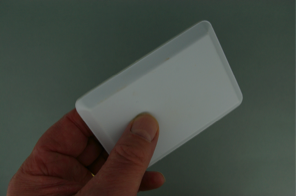
Visible designs and sells specialized RuBee sensor tags that work on or inside steel containers. These tags are ruggedized, waterproof, and have special antennas that enhance range when placed on steel (see Whitepaper)
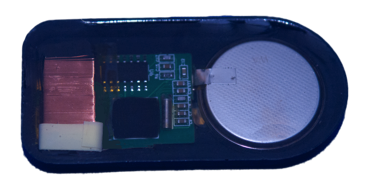
A see through potted tag. Chips are all custom designed by Visible.
Most RuBee Tags are Tiny Packet Based Servers, with a Controller and Memory
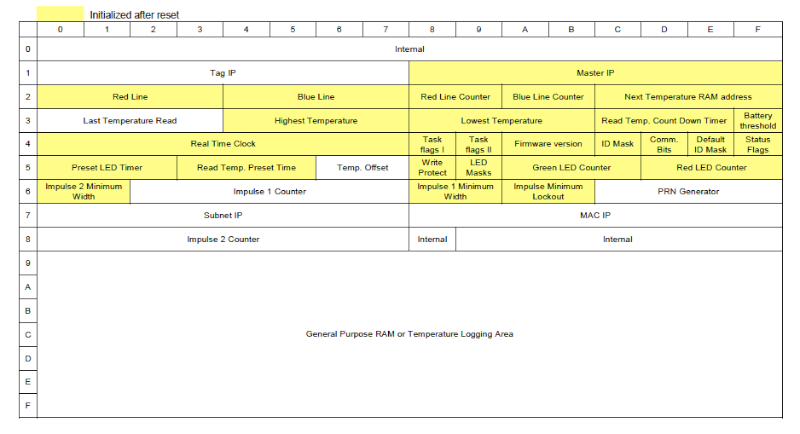
Most RuBee tags, have a four bit controller, with 512 Bytes of static memory, and fixed function instruction set. RuBee tags have a 32 bit programable "IP" address, the primary communication address, a 32 bit Subnet address, used to identify asset classes (weapons, laptops, people etc.) and a 32 bit permanent ID MAC address. Most tags have other memory areas pre-allocated for optional sensors, LED flash rates, battery status, debug functions. date and time registers, and other housekeeping registers. The remaining 412 Bytes of memory is reserved for user registers. That may include date of manufacture, serial numbers, owner etc. Use of that memory is flexible and controlled by the 20/20 Application.
Visible also has several reduced function RuBee chips (xDot) that limited memory, with 16 x 32 bit read write registers. xDot's are used where sensors are not required and data storage is minimal.
Visible also has several reduced function RuBee chips (xDot) that limited memory, with 16 x 32 bit read write registers. xDot's are used where sensors are not required and data storage is minimal.
RuBee Tags can have Sensors with Advanced Signal Processing
